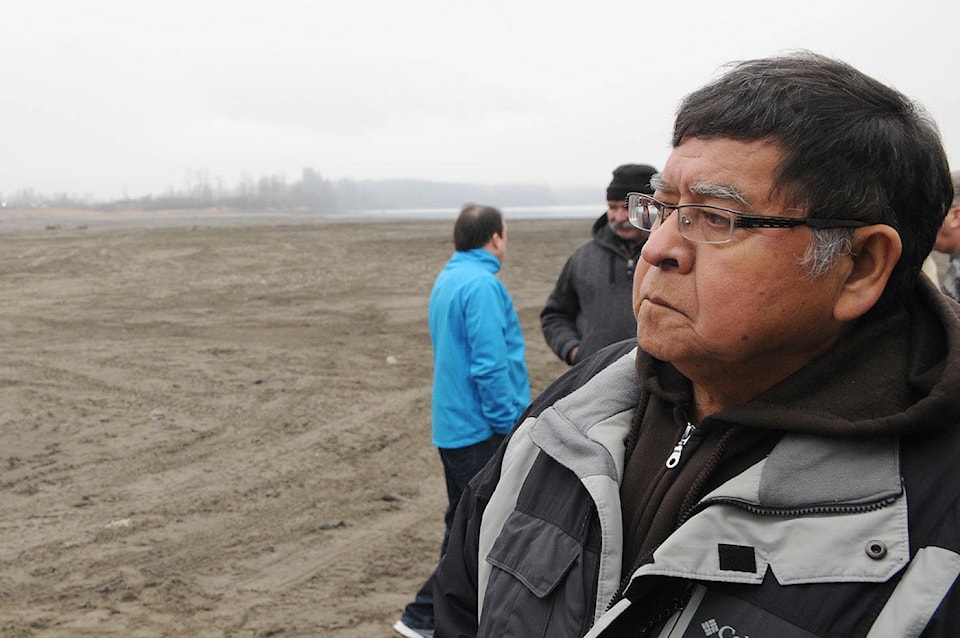Clarence ‘Kat’ Pennier’s voice didn’t waver on the phone as he talked about Kamloops and the 215 children’s graves found on the former site of the Kamloops Indian Residential School. His voice didn’t crack with emotion and he didn’t choke up as he talked about his thoughts and feelings.
But make no mistake.
As a former student at Mission’s St. Mary’s Indian Residential School, married to a woman (Nancy) who was a student at that Kamloops school for 13 years, Pennier hasn’t been able to stop thinking about the unfolding tragedy.
The 76-year-old member of the Stó:lō Grand Chiefs has a lot to say. He just struggles to say it.
“Part of the reason I don’t get so emotional is because of the abuses I experienced in school — physical and mental and spiritual and sexual abuses,” Pennier said.
“One of the things we learned in (residential) school was not to show our emotions, which is the wrong thing to do. But they were very strict in there. If you didn’t get punished yourself, you saw other people being punished. You couldn’t say anything and that’s why it becomes a little harder for people to talk about things after they leave.”
Pennier said he went through plenty of therapy to get to the point where he could handle news like this without falling apart. For others who don’t go through counselling, “it hits them like a ton of bricks when they find out things like this.”
Pennier was in Kamloops Monday, at the site of the tragedy, as part of Nancy’s healing journey.
“She probably knew some of the ones that are in there,” he said. Several organizations are working with the Tk’emlups te Secwepmc to identify the remains, including the local museum and B.C. Coroners Service.
Pennier said it was part of the residential school experience for students to disappear, with fellow students left not knowing if the child ran away or how they died.
“People suspected things like this happened, but there was never proof of it. I think if they do the same at other residential schools they’ll probably find the same thing. Maybe not as large or to the same extent as this one, but they’ll probably find something.”
It’s one thing to know and acknowledge that bad things were done to Indigenous children at residential schools, but when you see graves in a poorly-tended field, or see 215 little pairs of shoes on the steps of a building, it makes it a little less abstract, Pennier said.
“Yesterday, after the ceremony to take the children’s spirits back to our territory was ended, we saw a lot of cars waiting to enter the school grounds. Many were already parked and a lot of people were sitting in the arbour which holds a lot of people. So there is good coming from this exposure,” Pennier said.
“What’s happening in Kamloops provides an opportunity for the people to learn about the history of this country regarding the treatment of our people, and how from an early time governments wanted to get rid of ‘the Indian problem.’ There is a lot of talk about ‘reconciliation,’ but people do not understand what needs to be done to make things better between our societies.”
The Indian Residential School Survivors Society is offering toll-free 24-hour telephone support for survivors and their families at 1 (866) 925-4419. Alternately, you can reach out the KUU-US Crisis Line Society 24-hour line at 1-800-588-8717.
